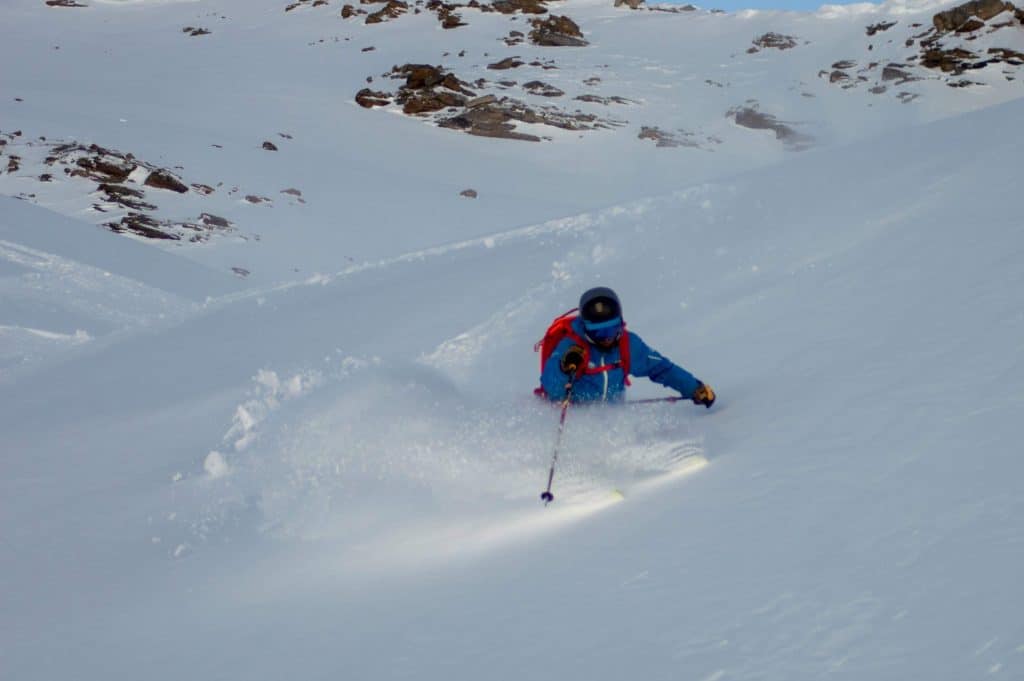The process of becoming an instructor has changed a lot over the last decade or so. It used to be that if you were a good skier with lots of time on snow (maybe even seasons working in ski resorts), you could choose to hone your skills and take instructor exams.
Then with the appearance of the GAP course the pathway to becoming an instructor was opened to skiers who had only a few holidays on snow under their belt. This is a great opportunity to train over a season long course and become an instructor. However, the lack of mileage under your skis could lead you down a training rabbit hole. It’s easy to become reliant on extrinsic feedback as most of your journey to becoming an instructor has been accompanied by trainers and coaches.
If you feel you need to constantly train and get feedback from coaches to develop, then you may be missing out on being a skier.
As a British instructor in the Alps I often hear from locals that BASI skiers are robotic. While it’s not entirely fair there is something in it. In my time as a trainer for BASI and at Summit I have seen a lot of skiers working their way through the system. There is a dependence on feedback to develop and in a sport with so many variables I have to wonder whether over thinking stifles development. Of course, we need to process and understand what we are doing but we also need to try it out, many times over.

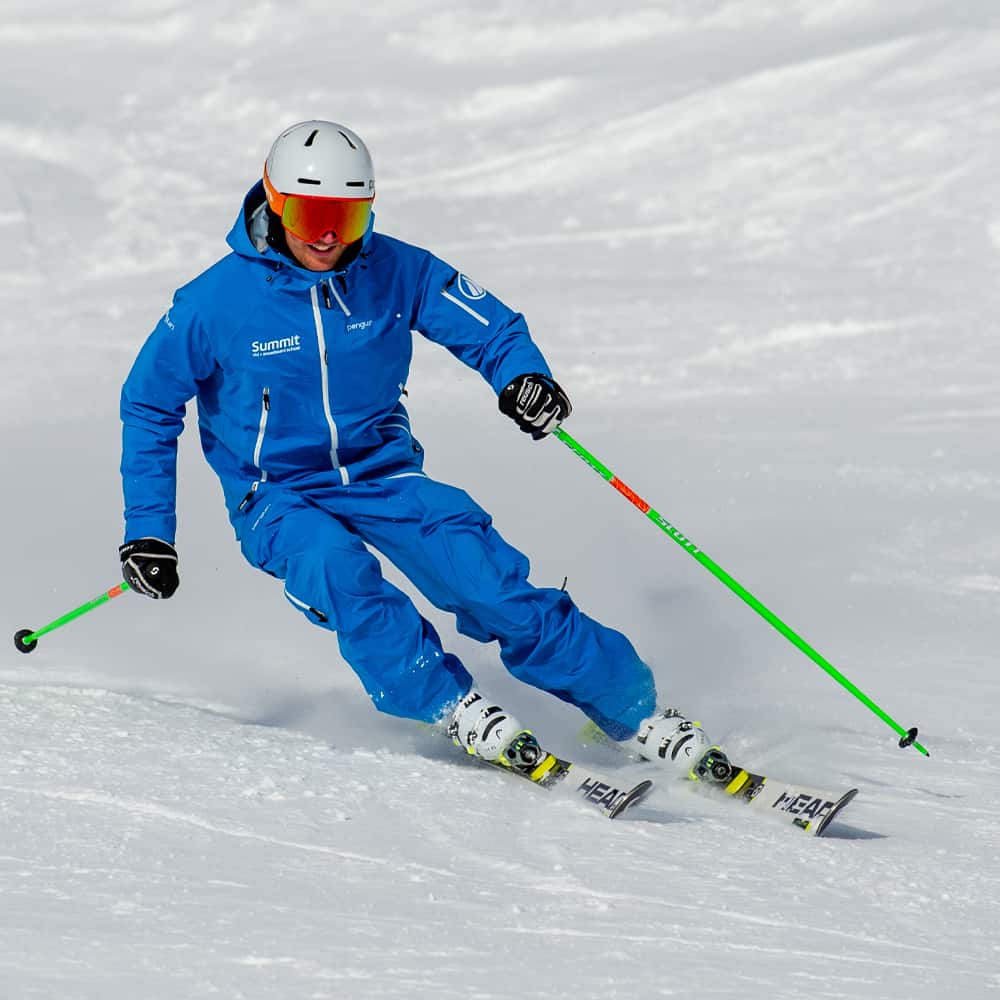
What is training?
I think this is a good place to start. At it’s simplest Training is the process by which an ‘athlete’ prepares for competition (or exam). With this in mind, training can encompass many things from pre-season fitness, to week or season long programs, to skiing with friends.
The move towards season long courses and training programs has put more and more emphasis on training with a coach. The hope being that they can correct your every move and keep you on the fast track to success. It’s important to remember that a coach can help you on your way, guide you, and keep encouraging you but they can not do it for you. This is where just being a skier comes in.
Are you doing enough skiing? This may sound like a daft question, but mileage is so many times overlooked. Training courses are great but there is an amount of talking, listening, with groups things take time, waiting to ski one at a time. If you only ski in this environment you are always relying on someone else to know if every run if it was ‘better’ or ‘at the level’
If you go and ski on your own or with friends, you will do a lot more skiing. This time is vital to your development. You will experience different snow, different turns different terrain. This is all practice and it is where you will develop feeling for the snow and conditions. It will take time but you will start to feel for yourself whether it was a good run or not.
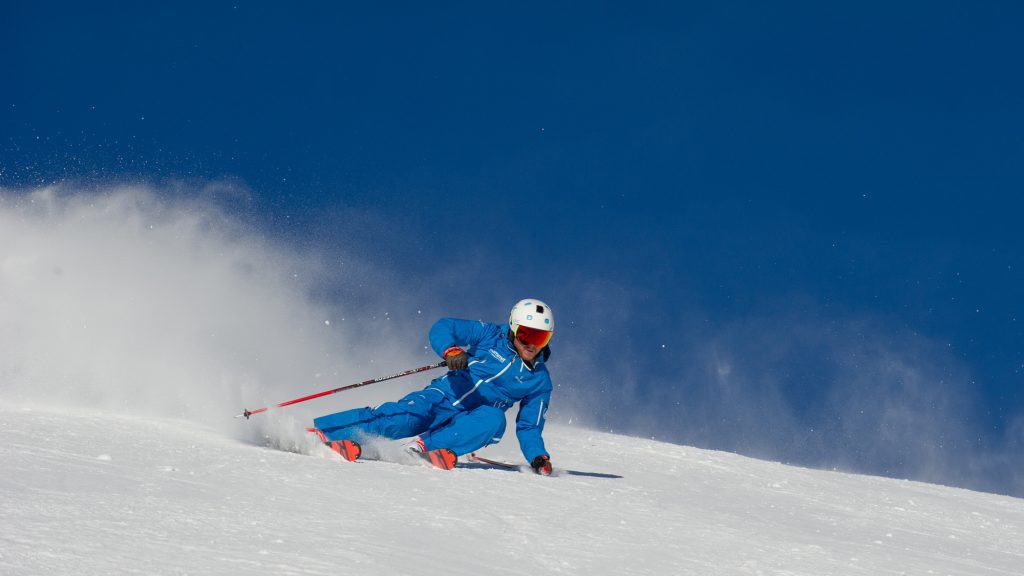
Feeling for snow and conditions
We are sliding down hills over an ever-changing surface. Quite literally no two turns are ever the same. We have to move, we have to move well and efficiently. We have to ‘feel’. We can all feel when we are too far back or if the ‘forces’ were higher at a different part of a turn. We know if we have hit a bump and we didn’t absorb it well or we jumped and landed badly. You need to tune in to these feelings and nurture them.
People often think that as soon as we start to talk about how a run felt in skiing, that its too vague, not quantifiable and therefore not worth thinking about. I wholeheartedly disagree. I think if you only think about skiing and what to move and when, instead of reacting to what you feel you will limit how good a skier you can become.
When you can appreciate how changing inputs such as increasing edge angle or the rate of flexion and extension of the legs through a turn feels then you can adapt these inputs appropriately to the task, snow, and terrain.
When you start to tune in to the feelings you develop the ability to adjust and adapt to that ever-changing surface. Our movements become more efficient and the performance starts to flow. As this happens you will know if it was a great run or not. You won’t need a coach’s feedback all the time, you start to grow and develop as a skier on your own.
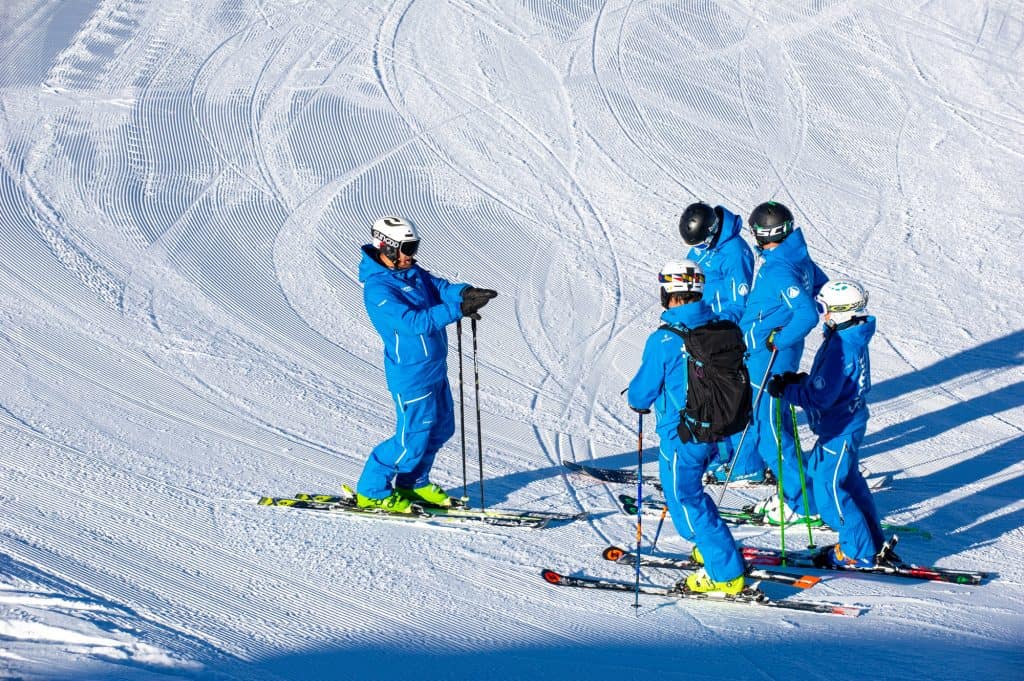
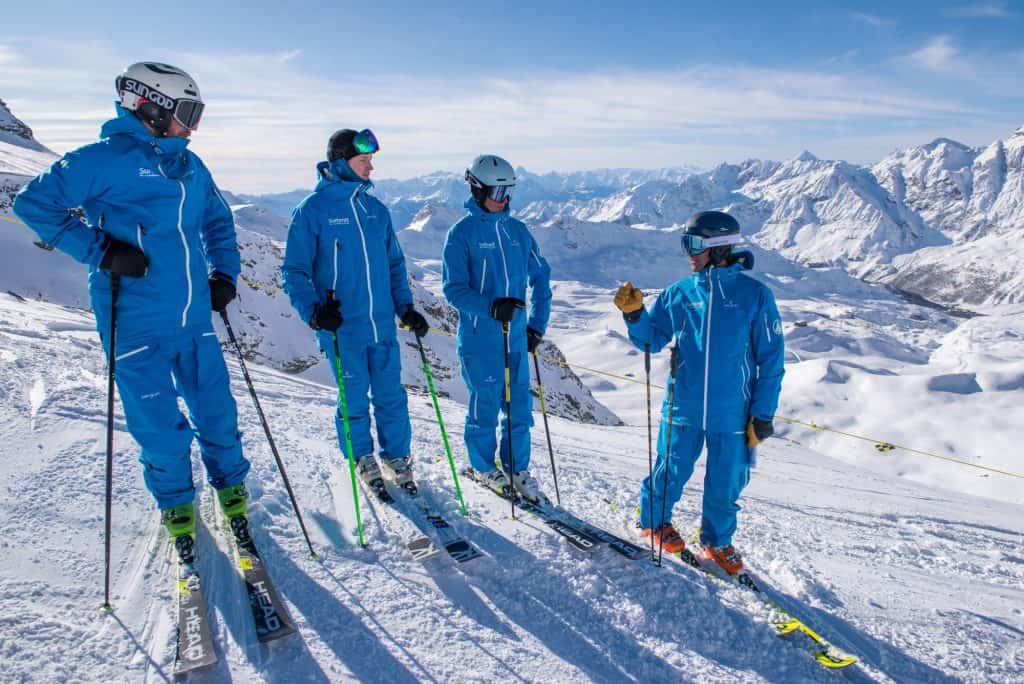
Don’t rush it, go skiing.
If you spend all winter training and not skiing bumps with friends, going touring or skiing off piste… you might lose entire winters just training. You might even end up not enjoying it or falling out of love with skiing in general!
There is a place for structured training courses, they can be a fantastic way to challenge yourself, make sure you are on the right track and develop. But don’t forget to just get out in the mountains and go skiing. You may think you need to focus on more edge in your short turns and skiing off piste won’t help that. But you will learn so much from skiing some unpleasant crud you sometimes break through that will translate into your overall skiing performance.
We have trained instructors for years and have our own program here in Zermatt. Skiing everything is at the core of our training philosophy in Summit Professional Development. Getting the miles in, in all the terrain and all the conditions. That way when you hit the tough conditions in a course you are ready for the challenge.
So, have a great season ahead, get out there and get skiing, train hard, but not too hard.
